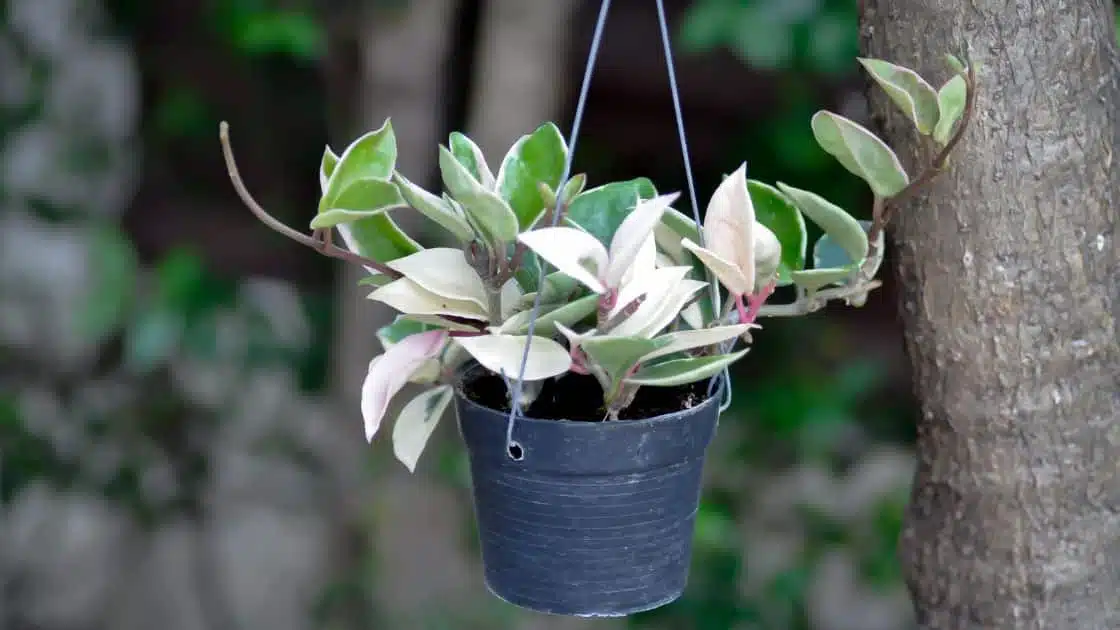Are you looking for a beautiful and low-maintenance plant to add to your indoor space? Look no further than the rubber plant! The rubber plant, also known as Ficus elastica, is a popular choice among plant enthusiasts due to its stunning foliage and relatively easy care requirements. In this article, we will explore the world of rubber plants, from their origins to proper care tips, so you can successfully nurture and enjoy this green beauty in your own home.
The Rubber Plant – A Natural Wonder
The rubber plant is a native of the tropical regions of India, China, and Southeast Asia. It earned its name from the milky latex it produces, which was once used to make natural rubber. Today, rubber plants are primarily cultivated for their decorative value, with their large, glossy leaves adding a touch of nature’s elegance to any room.
Growing a Rubber Plant: From Seed to Splendor
1. Propagation
While growing a rubber plant from a seed is possible, it can be a slow and challenging process. It is more common to propagate these plants through stem cuttings. To do this, carefully select a healthy stem and make a clean cut just below a leaf node. Remove the lower leaves and place the cutting in a container filled with moist soil or water. After a few weeks, roots will develop, and you can transplant the cutting into a pot filled with well-draining soil.
2. Lighting and Temperature
Rubber plants thrive in bright, indirect light, making them ideal for spaces with medium to high light levels. Avoid placing them in direct sunlight, as it can scorch their leaves. When it comes to temperature, rubber plants prefer warm and humid conditions. Aim to keep the temperature between 60-75°F (15-24°C) during the day and above 50°F (10°C) at night.
3. Watering and Humidity
Like many houseplants, rubber plants appreciate consistent moisture without becoming waterlogged. Allow the top inch of soil to dry out between waterings, and ensure that your pot has drainage holes to prevent root rot. Additionally, rubber plants benefit from increased humidity. You can provide this by misting the leaves regularly or placing the pot on a tray filled with pebbles and water.
4. Fertilizing and Pruning
To support healthy growth, fertilize your rubber plant every 2-4 weeks during the growing season (spring and summer) using a balanced houseplant fertilizer. Pruning is also crucial to maintain the desired shape and size of your plant. Regularly trim back any overgrown or damaged stems to encourage bushier growth.
Read more:
Common Challenges and Solutions
1. Yellowing Leaves
If you notice your rubber plant’s leaves turning yellow, it could be a sign of overwatering, underwatering, or inadequate sunlight. Ensure you are providing the right amount of water and light for your plant’s needs. Adjusting these factors accordingly should help your rubber plant regain its vibrancy.
2. Leaf Drop
Leaf drop in rubber plants can occur due to stress from changes in temperature, humidity, or light levels. It can also happen when the plant is underwatered or exposed to cold drafts. Try to maintain a consistent environment and address any potential issues promptly to prevent excessive leaf shedding.
Conclusion
When it comes to indoor plants, the rubber plant is a top choice for its striking appearance and relatively easy care. From its origins in tropical regions to the process of growing and nurturing, this plant offers a rewarding experience for both beginner and seasoned gardeners. By following the proper care guidelines, addressing any challenges that may arise, and providing the perfect conditions, you can enjoy the beauty of a thriving rubber plant in your own home. So why wait? Bring a touch of natural elegance indoors and welcome a rubber plant into your life today!





